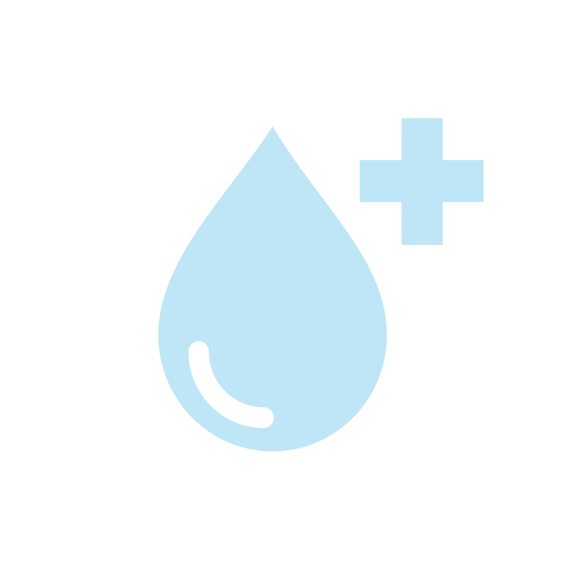
CHEMICAL BURNS
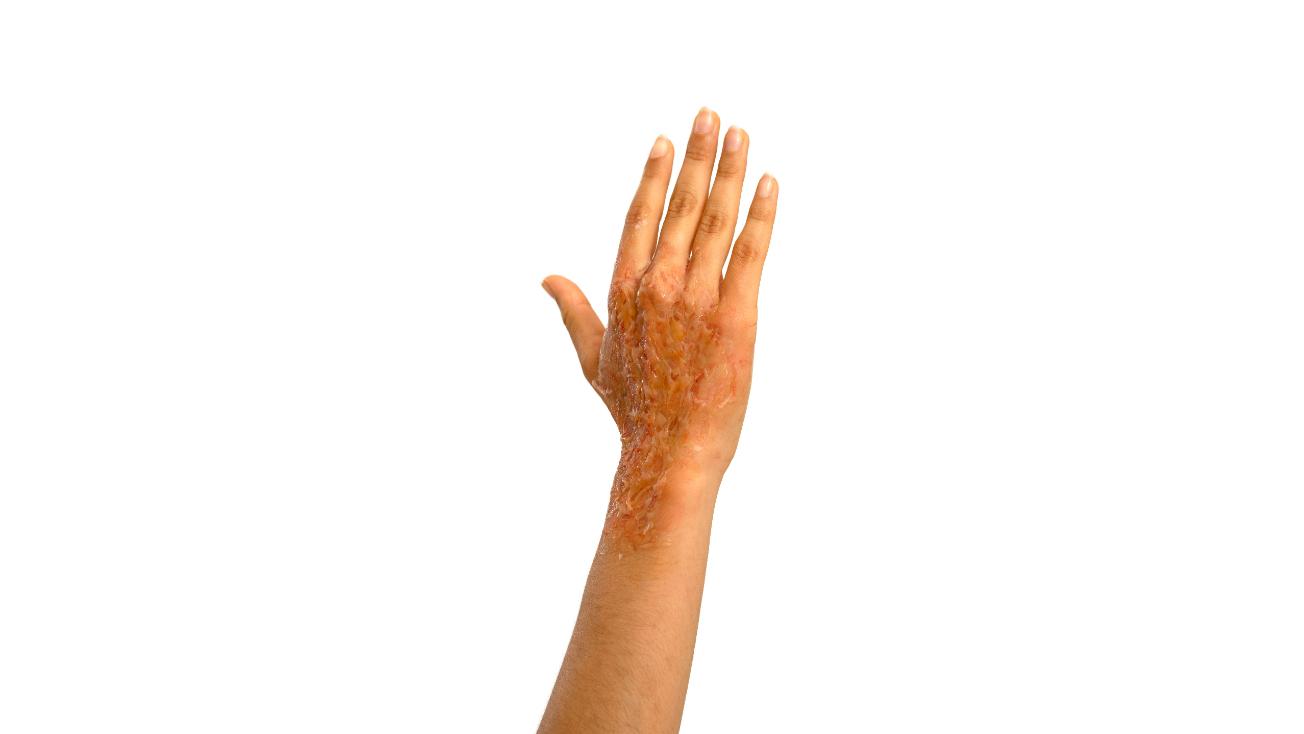
Goal of first aid:
Prevent further chemical exposure, cover the wound with a sterile dressing.

SAFETY FIRST


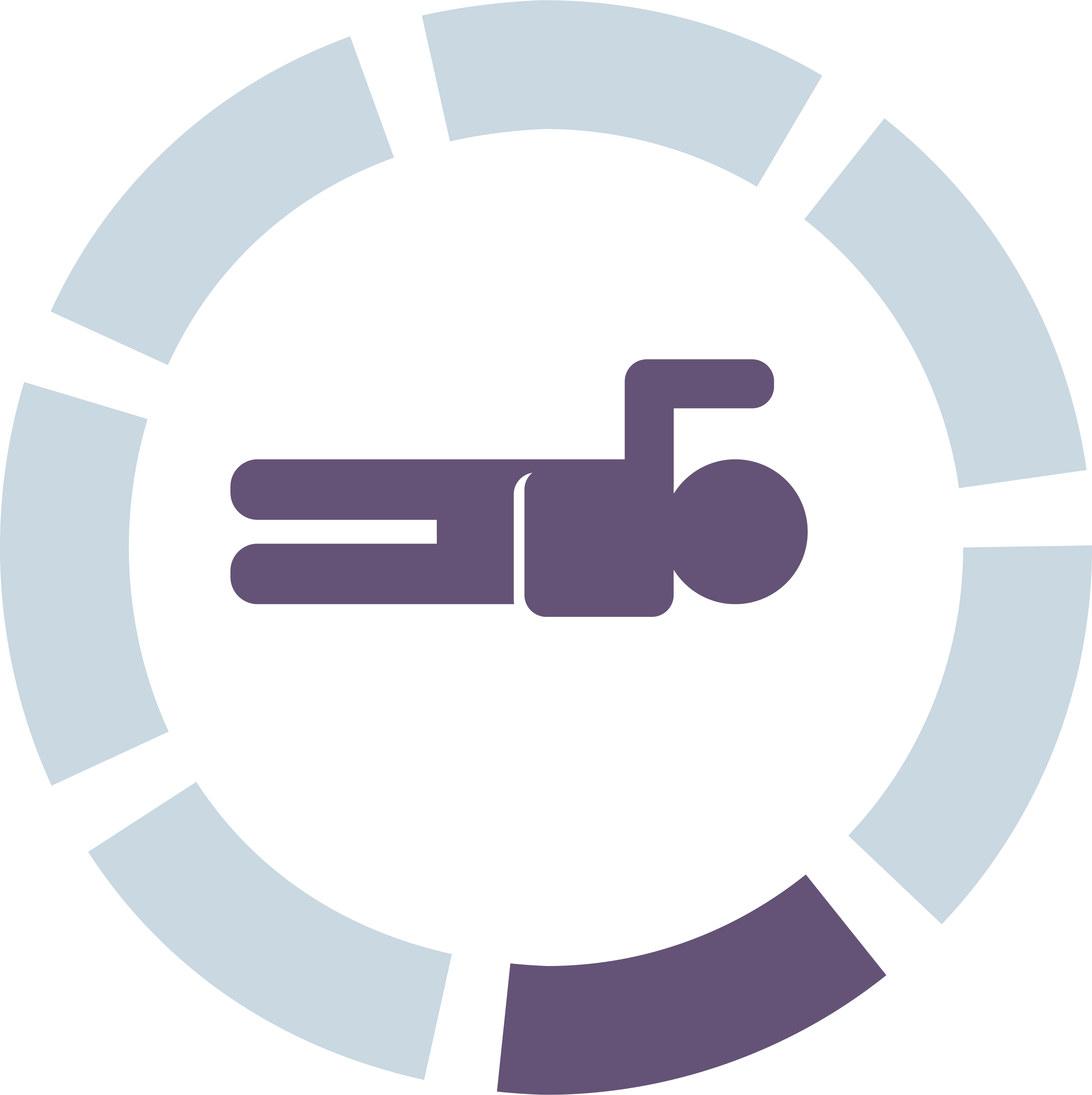


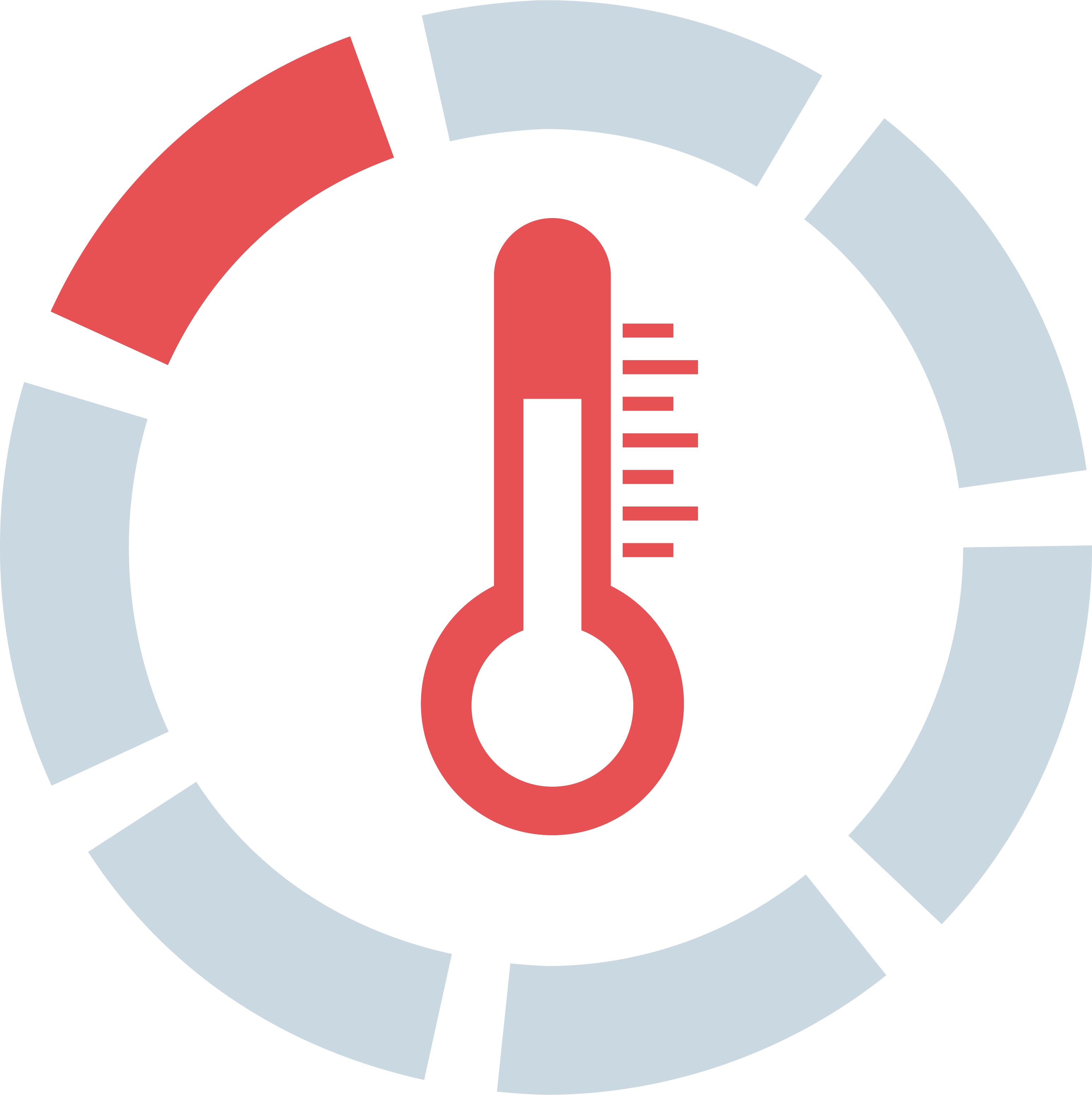
Personal protection: Remove the corrosive substance while taking personal safety precautions.
Gloves: Protect yourself and others: put on disposable gloves.


CONDITION CHECKING





See: Skin damage, skin changes or blistering. Container with corrosive substance.
Hear: Complaints of pain and description of how the accident occured.
Feel: Clammy skin.



CALLING FOR HELP




Emergency call 112: Make an emergency call.
The 5 W questions:
Where did the accident happen?
What happened?
How many people are affected?
What injuries?
Wait for further questions!
Use speakerphone: Turn on your phone’s speaker to keep your hands free.
Do not hang up: Do not hang up unless the 112 dispatcher instructs you to.
Involve bystanders: Have them bring a first aid kit.
Report condition changes: Inform the 112 dispatcher if the person's condition changes.




POSITIONING



Comfortable position: If fully conscious, support the person in their preferred position.





WOUND DRESSING


Uncover the wound: Carefully remove wet clothing. Do not remove clothing that is stuck to the skin.
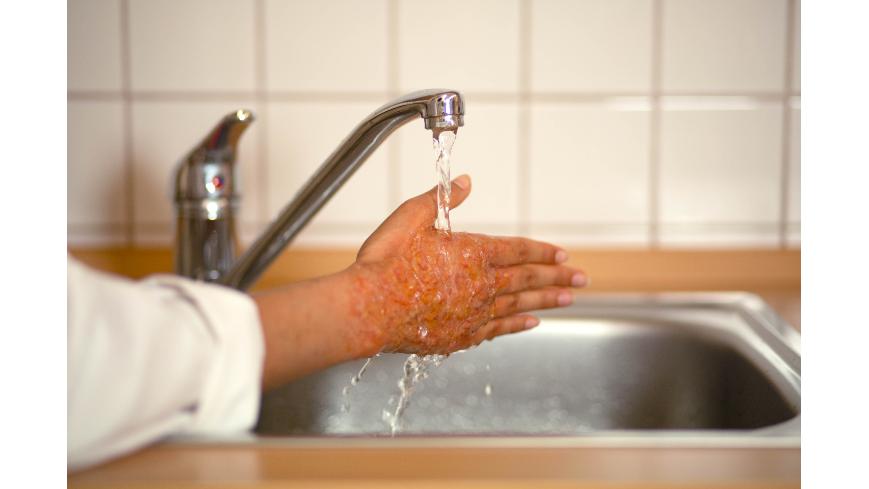
Rinse the wound: Gently rinse the affected skin areas with water until the pain subsides.
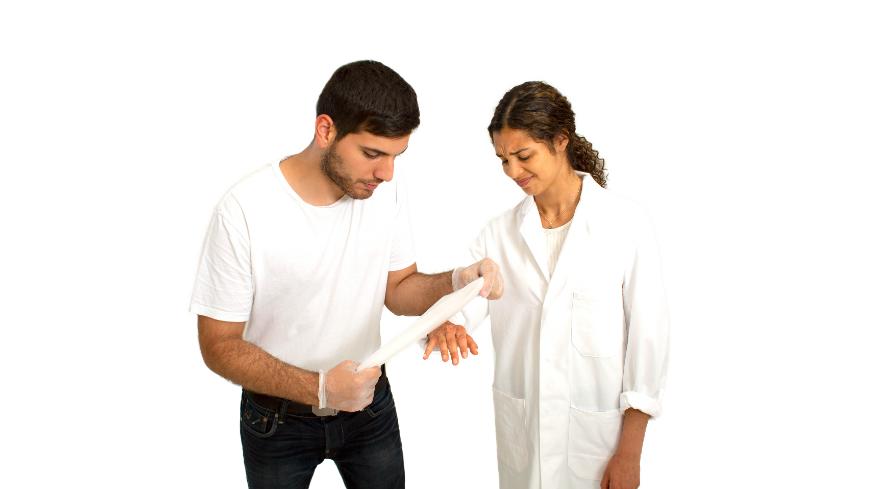
Protect the wound: Then cover the wound with a sterile dressing.






COMFORTING

Don't leave: Stay with the person. Your presence and kind, encouraging words can help.
Listen: Listen actively, respond to their fears and worries, and show that you're there for them.







TEMPERATURE MANAGEMENT

Prevent heat loss: Place a jacket or emergency blanket around the person.
Ground cold: If the person is lying on the ground, place a blanket or clothing under them to protect them from the cold.

